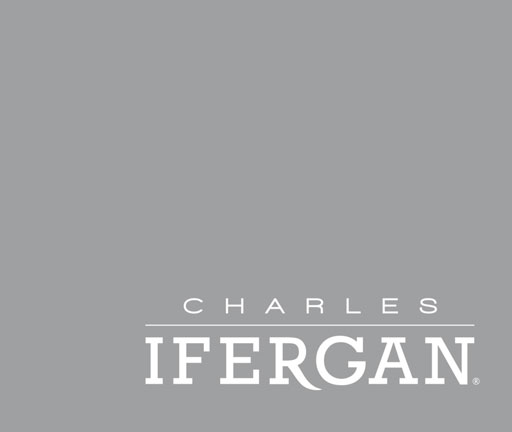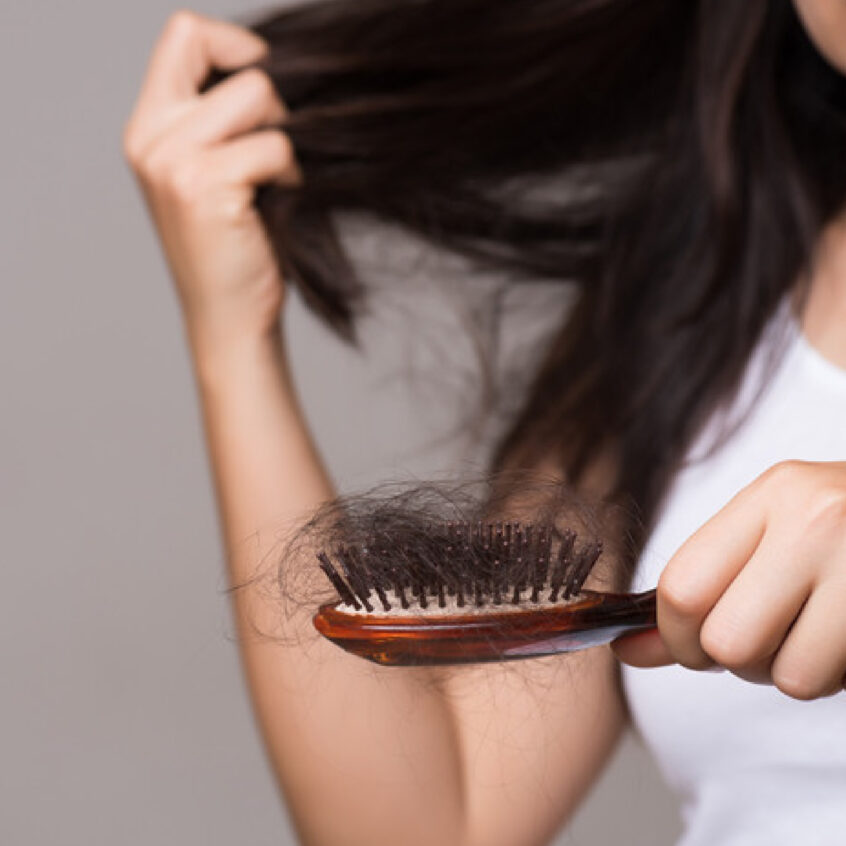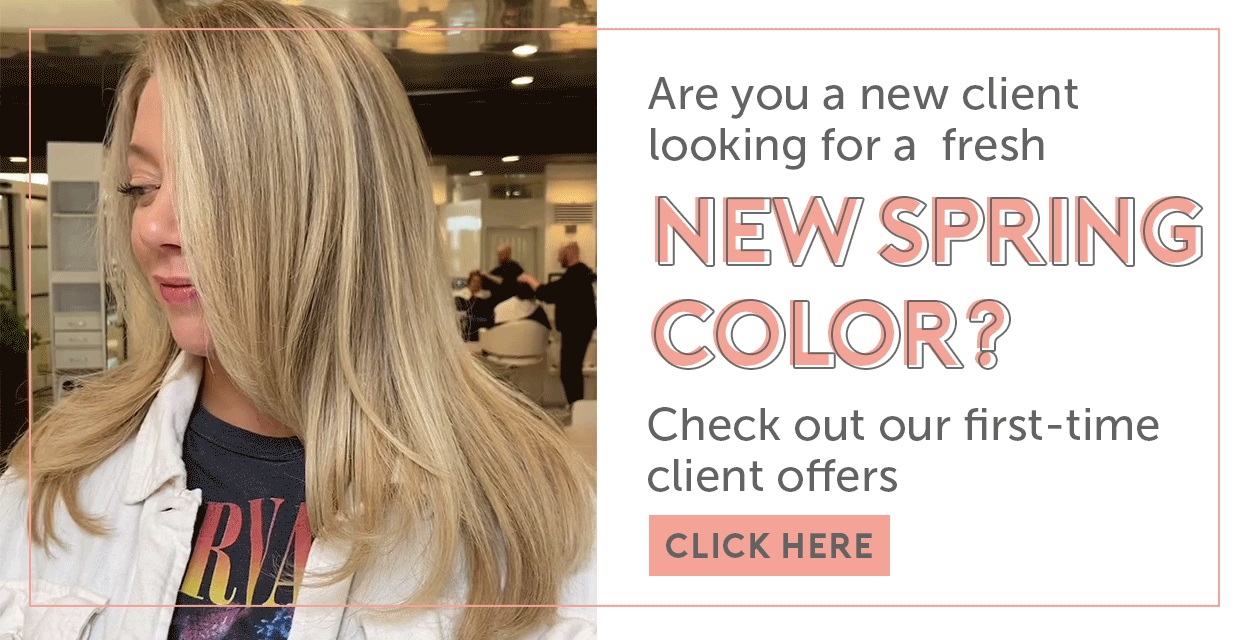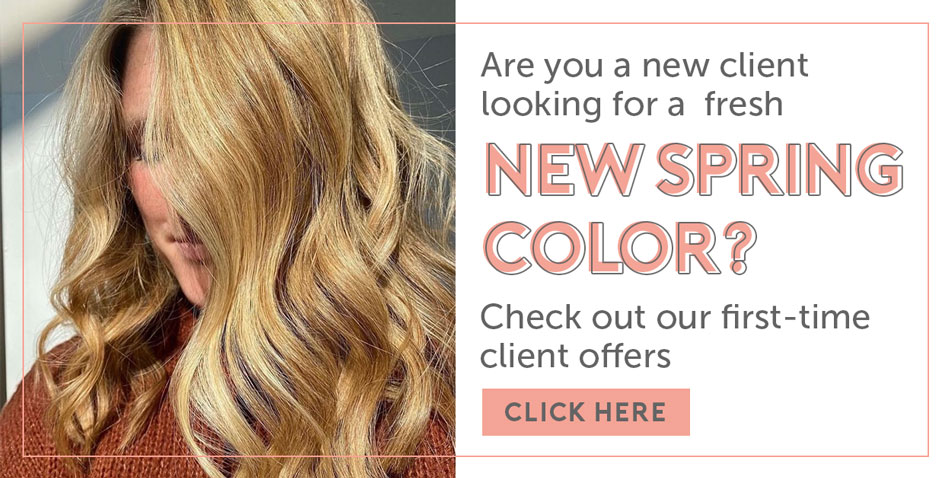Over the past couple of years, the COVID-19 pandemic has been a major disruption to all of our lives. Even those who have avoided getting sick have felt the far-reaching effects of the virus. Researchers continue to study the virus and its after effects, one of which is hair loss. If you’ve experienced new-onset hair loss during the past couple of years, especially during recovery from the virus, don’t panic! The pandemic may be to blame, and if so, the loss isn’t permanent. Let’s take a look at how such a tiny microbe can cause you to lose your hair, tips for dealing with thinning hair, and how to promote healthy regrowth.
How the Pandemic Can Cause Hair Loss
Being sick with a virus like COVID places an incredible amount of stress on the body, and so does living in a pandemic situation, even if you never get sick. It has long been known that stress contributes to hair loss, and there are types of hair loss that can be triggered by stress. The most common post-COVID cause is telogen effluvium (TE). To understand how the condition causes thinning hair, you first need to understand the hair growth cycle.
Everyone sheds hair every single day. You’ve no doubt seen them in your hair brush and the shower drain. That’s just a natural part of the hair growth cycle and not a cause for concern. Your hair follicles cycle through stages of active growth, resting and shedding. Typically the majority of your follicles are in the growth phase, with only a few in the resting and shedding phases, each entering those phases at a slightly different time. This means that you always have more hairs growing than shedding so your hair doesn’t get thinner. But when a sudden stressful event takes place, such as a serious illness, your body shifts into survival mode and shuts down nonessential processes like hair growth to conserve energy and resources for healing. With TE many hair follicles are pushed into the resting and shedding phases all at the same time, and you soon start to notice your hair shedding by handfuls and getting thinner and thinner because it’s not growing as it should.
The good news is that once the stress or sickness has passed your follicles will slowly begin to recover and cycle through the stages of growth again. It can take several weeks to months for them to get back in sync, but eventually, you’ll begin to notice your hair getting thicker and longer as more follicles shift from the resting and shedding phases to the active growth phase. But what can you do in the meantime to manage your hair, help minimize loss, and promote new growth? Here are a few things you can do.
Reduce Stress- Even if you haven’t been ill, chronic stress from job insecurity, sick loved ones, rising costs of living, and many other concerns can affect your hair follicles. Make time for self-care, enjoy a hobby, spend time in prayer and meditation, go for a nature walk, whatever makes you feel calm and relaxed, do it and do it often to reduce your stress.
Improve Your Diet- Nutritional deficiencies can contribute to hair loss, and your hair requires certain nutrients to grow. If you’ve been indulging in lots of high sugar, high-fat processed comfort foods, it’s time to swap them out for healthy well-balanced meals that provide the proteins, vitamins, and minerals that your scalp needs to encourage healthy hair growth.
Fine Tune Your Hair Care Routine- Shampooing too little or too often could be affecting the health and thickness of your hair. Shampooing too often strips strands of their natural oils, leaving them dried out, brittle, and prone to breakage. Not shampooing often enough can lead to buildup that clogs hair follicles blocking hair growth. Most people will do well shampooing once or twice per week and using Charles Ifergan Dry Shampoo to freshen up when needed.
Solutions At the Salon
Thinning hair can be difficult to manage and can also cause a major hit to your self-esteem. Now is the time to seek help with professional solutions at the salon. Your stylist can arm you with products, tips and tricks, and services to give you back your volume and confidence while you wait for your hair to recover.
Volumizing Products- Shampoos and conditioners formulated to boost volume are your friends right now. Charles Ifergan Volumizing Thickening Spray is a must for creating root lift and texture to add volume and fullness to your styles.
Volumizing Haircut- Our skilled stylists know just how to cut your hair to create more volume where it’s needed most. It could be as simple as taking off a couple of inches to reduce weight or adding a few strategic layers to create the illusion of fullness.
Volumizing Perm- Adding root lift and waves is a great way to make your hair look fuller. A volumizing perm will fluff your strands to give you a fuller look and make styling easier.
Hair Extensions- If your hair loss is more severe or you need more dramatic instant results, hair extensions can be used to fill in the gaps and give you the full head of hair you want while you wait for your own hair to regrow. A few well-placed wefts will perfectly boost volume while remaining undetectable for a naturally full-looking mane.
If you’re experiencing post-COVID hair loss, come see the well-trained and highly skilled stylists at Charles Ifergan today. We’ll help you manage your thinning hair and regain your self-esteem and confidence with the products, styles, and services that best suit your needs. We have three convenient locations to serve you in downtown Chicago Oak Street, Deerfield, or Oakbrook. Download our free mobile app from iTunes or Google Play, or schedule your appointment online today




